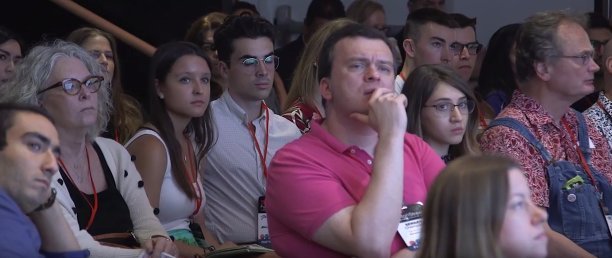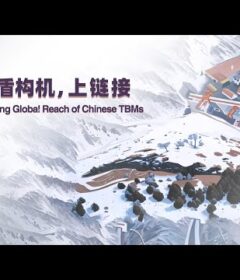Experiential Advertising – Where Live Advertising is Exploding

Experiential advertising is the talk of the advertising industry because it combines search, social, and digital with the human senses of sight, hearing, smell, taste, and touch in order to form marketing connections organically. It’s thought that these organic connections will create memorable and impactful experiences that will build true brand loyalty that won’t easily be forgotten.
Recently, Layne Braunstein, founder of Fake Love, a New York Times owned advertising agency, gave a Tedx talk on experiential advertising.
How does defining experiences relate to advertising?
There’s a lot of talk all over advertising that advertising is dead as we know it. And that’s true, dead advertising is dead but live advertising is exploding, and it’s called experiential.
With traditional advertising, what a brand is basically doing is telling you, I want you to feel a certain way and I want you to buy my product. That’s a very passive and forgettable experience when you consider that advertising has the ability to change the world forever. In today’s new world of advertising, brands want to be influenced by you, and that is a big deal and super important.
How do we engage with the users and consumers of today?
First of all, you can’t look at people as consumers or users, you have to look at them as humans. Experiential to me is environmental to human design. What that means is that you walk into a space, that space curates itself and is a beautiful back and forth between you and it.
Experiential is not a medium but a belief. It’s a belief that when you walk into one of those experiences you will get emotionally connected to that experience and your life will be forever changed, and that’s a big deal. That is something that brands and advertisers have been trying to do for a really long time. That’s why experiential will be forever agile and I say this a lot, but it’s the last bastion of advertising.
What Makes an awesome experiential campaign?
- Active, Not Passive Engagement – An example of this is going to an event and there’s a bar with some influencers there, some local fashion designers putting some stuff on the wall and there are some cool 80’s movies projected on the wall also. That’s a pretty cool event, but it’s just an event. But if you go to an event and there are some influencers at the bar and they want to play some cool video games with you to create some custom cocktails and then you walk up to some local fashion designers and they each give you a spray can and then you and the fashion designers spray paint all of the clothes and you get to take them home with you and then when you look at 80’s movies projected on the wall you see your face instantly in all of them, that’s experiential — and it’s super cool.
- It Has To Be Live – Simply put, if you go to a music concert it’s probably pretty fun but it’s just music. But if you go to a music concert and there’s haptics on the floor and there’s scent in the audience and there’s a generator of live visuals based on the music, that’s experiential.
- An Experience Has To Be Multi-Sensory – What that means is it hits all of your senses. It hits sight, hearing, smell, taste, and touch.
What Does This Look Like In Real Life?
As a whole, an active live multi-sensory engagement creates the most honest and memorable experience of them all. Here are some experiential advertising projects that we (Fake Love) did:
Google and Coke:
This is a project we did for Google and Coke where basically you can send a free coke and a video message to a stranger anywhere in the world.



